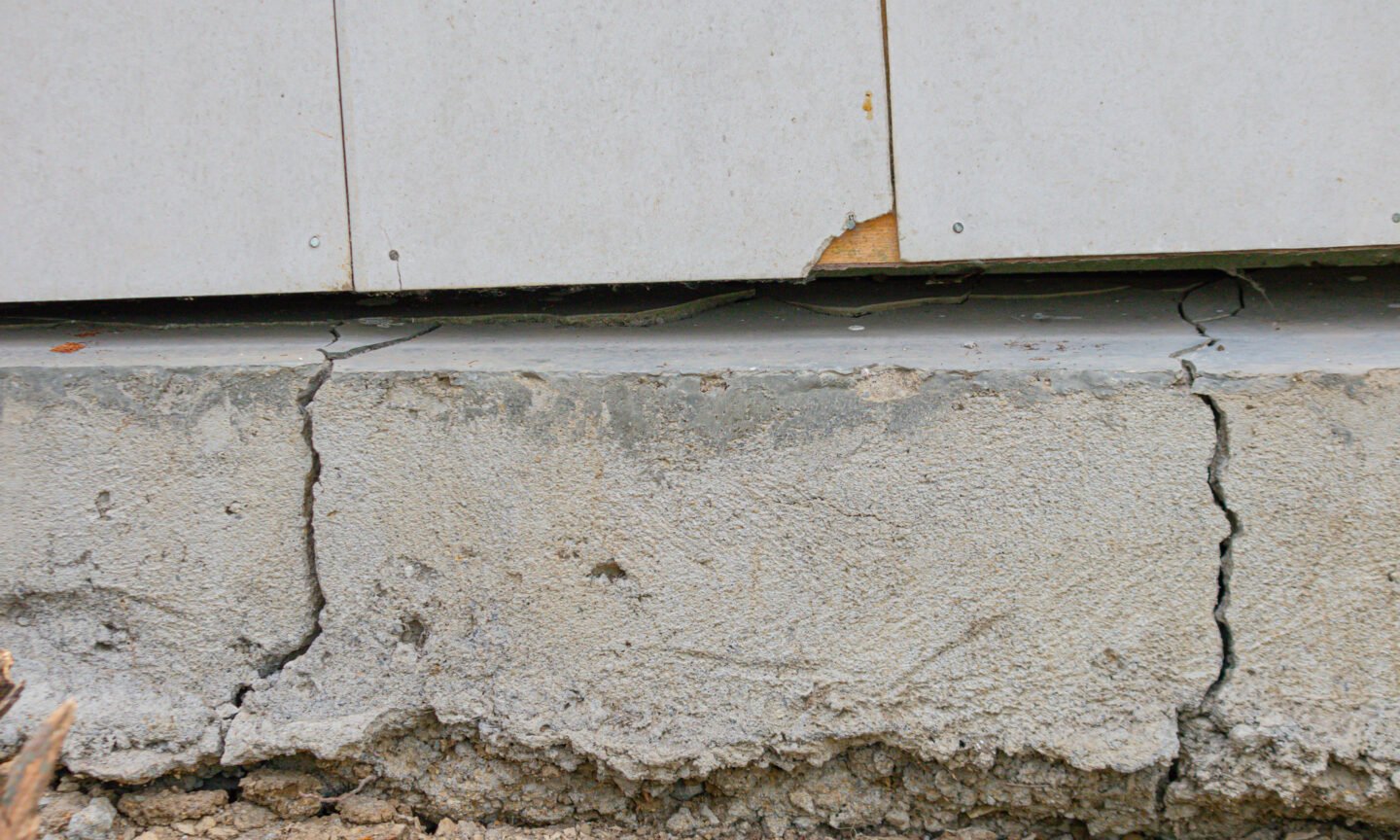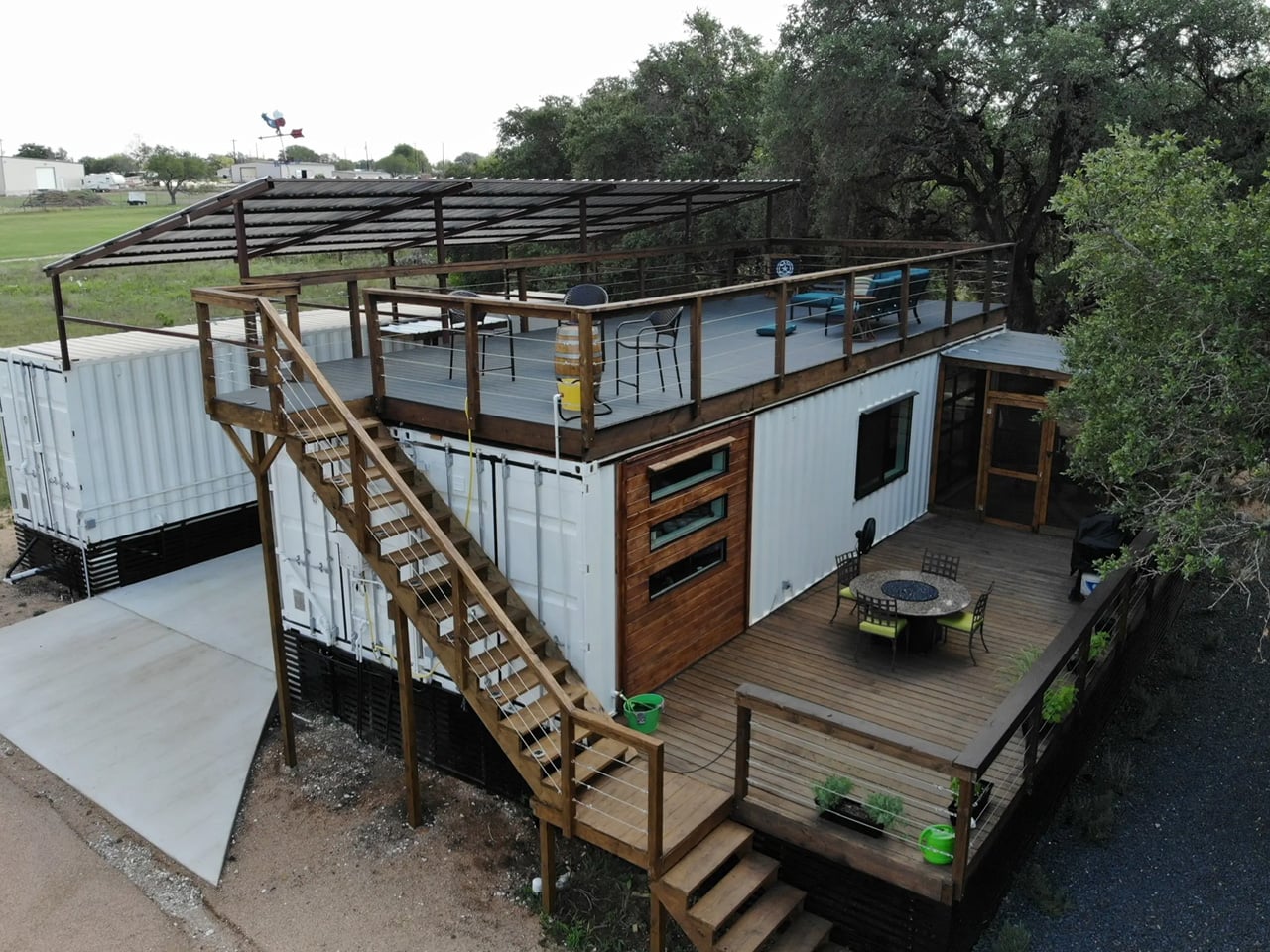‘Magma cap’ could help reduce risk of Yellowstone eruption, new research suggests
It's been thousands of years since an eruption occurred at Yellowstone, and new research shows what may be contributing to that.

(NEXSTAR) — There have long been questions about when Yellowstone’s volcanic system could see an eruption, especially after a massive hydrothermal explosion was caught on camera last summer. Scientists noted the explosion wasn’t a sign of impending activity, and that the odds of a large eruption in the coming centuries are very low — something new research may also support.
Brandon Schmandt, a professor of earth, environmental, and planetary science at Rice University, told Nexstar that scientists have long known that there is magma beneath Yellowstone. But being able to see it better has been of interest, as it can help to better understand the Earth’s crust, any volcanic hazards, and the mineral resources within.
Schmandt was among a group of researchers who recently found that less than two and a half miles below the surface in Yellowstone National Park is its magma system. Atop the magma reservoir, researchers found a sharp, volatile-rich magma cap.
The cap works like a lid on a pot, keeping the pressure and heat created down below. And by finding a defined magma cap, researchers have also been able to determine that Yellowstone’s system remains lively and dynamic.
“It hasn't just been sitting there without any recharge,” Schmandt explained. “There's got to be some new heat and new magma coming into it over time to maintain sharp boundaries.”
However, the system’s behavior may be helping to keep Yellowstone from erupting.
While Schmandt and his fellow researchers found bubbles — a potential sign of an impending eruption — within Yellowstone, its system instead appears to be perfectly venting the gas “through cracks and channels.”
The cap allows those bubbles to rise upward before being transferred out of the system. Yellowstone’s iconic hydrothermal features are known to emit gases found within magma, like that below Yellowstone’s sharp cap.
Schmandt noted that while Yellowstone’s system is “lively,” there is also not as much fluid beneath the cap as you may predict.
“I think it's important that we can get some hints that there's a mixture of bubbles and magma there, and that probably makes some sense with Yellowstone, but the fluid fractions are not high enough that they're likely to mobilize and to cause an eruption,” Schmandt explained.
The study, which even relied on a 53,000-pound vibroseis truck to send seismic waves into the ground, offers a new means of monitoring not only Yellowstone but other volcanic systems.
“If activity changed at Yellowstone, [and] we started seeing more earthquakes, more ground information, different gases being released, we would have, I think, a valuable baseline to go back and say, ‘All right, well, what’s changing? How can we study that?’” Schmandt said.
His research — done in part with researchers from the University of New Mexico, the University of Utah, and the University of Texas at Dallas, and supported by the National Science Foundation — could in turn be used to monitor other volcanic systems of interest.
Yellowstone is behaving normally, as it has for more than 140 years, according to the Yellowstone Volcano Observatory. Yellowstone has not erupted in some 70,000 years, and the odds of a large eruption in the coming centuries are very low.
If it does erupt anytime soon, scientists have said it would “almost certainly not” create a “doomsday” scenario. The most recent eruptions at Yellowstone have been lava flows, causing little impact to the region.











































































